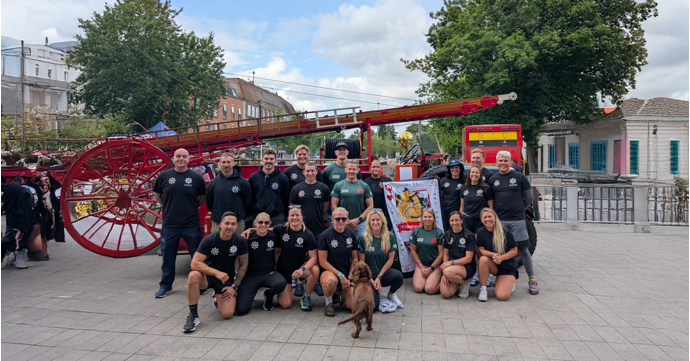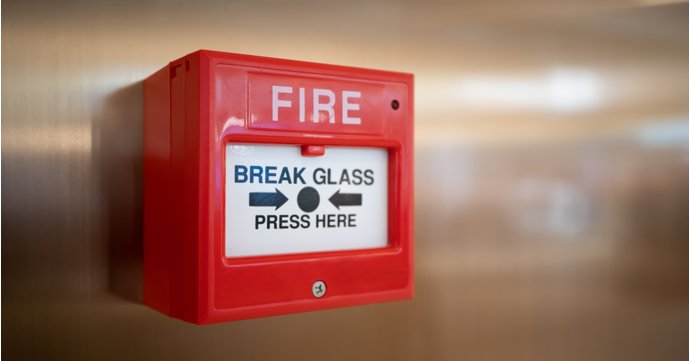The actions of staff during a fire are likely to be crucial to the safety of themselves, others and the premises — and potentially lifesaving.
All staff should receive basic fire safety induction training and attend refresher sessions at pre-determined intervals, no matter the nature of the business.
Ideally, an annual refresher with regular information provided as necessary is recommended. Gloucestershire Fire and Rescue Service often sees only one induction session being carried out — and this training should take place during working hours.
Business owners should ensure all staff and contractors are told about the emergency plan employed at the premises, as well as pointing out escape routes so that everyone knows what to do when an incident occurs.
This information and training should take into account the findings recorded in a business's fire risk assessment — which as of October 2023, all businesses are legally required to carry out and record, regardless of the amount of employees — while also being easy to understand for all those in attendance. More on this can be found on SoGlos in the Gloucestershire fire prevention and safety series.
These staff training sessions can include:
- Full information on the business's emergency plan, i.e. what to do and where to go
- Basic fire-prevention measures — this can include a range of control measures particular to each business and will need discussion
- Where relevant, a lesson on the appropriate use of firefighting equipment and additional training for use for chosen staff members
- An emphasis on the importance of immediately reporting to the chosen assembly area via the nearest fire exit where safe to do so
- Management of exit routes and how best to access exit devices, including an exercise of physically walking the routes through the business
- General information on the location of permitted smoking areas, as well as restrictions on cooking outside of designated areas and electrical safety
- Additional training and specialised equipment training for assisting those with disabilities where necessary
As previously stated, this training is necessary when new staff are employed; when changes have been made to the emergency plan and the on-site preventative and protective measures of the business; when working processes change or people's responsibilities change; and a review especially should happen if an incident or near miss occurs.
Fire drills
Performing a fire drill can be the best way to evaluate the effectiveness of the evacuation plan and they should be carried out yearly, at the very least, or as determined by your business's fire risk assessment.
A well-planned and well-executed fire drill will confirm understanding of the training and provide helpful information for future staff training sessions, by identifying any weaknesses in the evacuation strategy; testing the procedure following any recent alteration or changes to working practices; familiarising new staff members with procedures; and testing the arrangements within all areas of the premises.
A registration should be carried out as soon as possible at the designated assembly points and wardens sweeping the premises should supply reports afterwards — with this information being passed on to the fire and rescue service upon their arrival during a real evacuation.
Gloucestershire Fire and Rescue Service states that it is good practice to have a folder of information prepared and available for incoming fire crews and should include:
- Plans of the building
- Isolation points of water, gas and electricity
- Access keys or information on how to enter the premises
- Information on hazards
A contingency plan is also essential if a business operates with a large number of staff or regular visitors and it's important to note where they need to go if they are unable to re-enter the premises.
To find out more about fire safety training and fire safety management plans for your business and its staff, visit gloucestershire.gov.uk/glosfire.





















